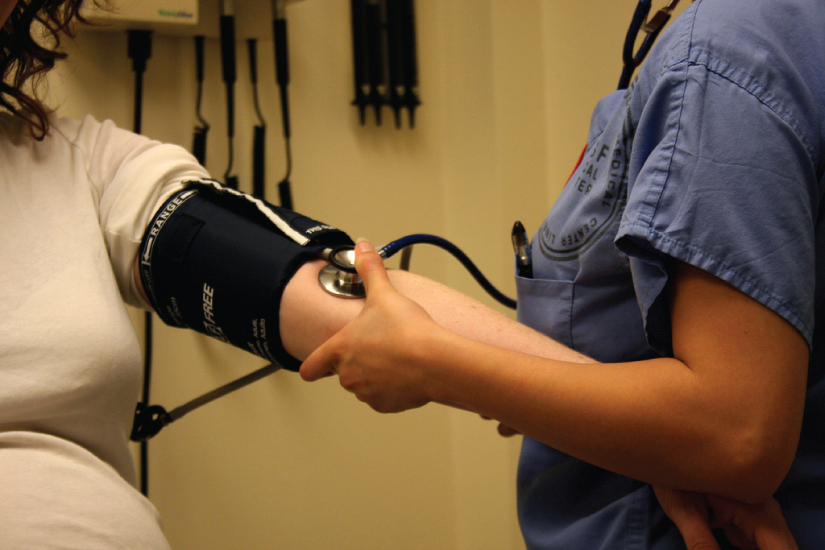
|
Ch 03: Ventricular System & Coronal Sections
Author:
M.D.Stephen VoronLecturer
University of Utah
USA
Access: |

1.1 An introduction to the human body Read Online
1.2 The chemical level of organization Read Online

After studying this chapter, you will be able to:
Though you may approach a course in anatomy and physiology strictly as a requirement for your field of study, the knowledge you gain in this course will serve you well in many aspects of your life. An understanding of anatomy and physiology is not only fundamental to any career in the health professions, but it can also benefit your own health. Familiarity with the human body can help you make healthful choices and prompt you to take appropriate action when signs of illness arise. Your knowledge in this field will help you understand news about nutrition, medications, medical devices, and procedures and help you understand genetic or infectious diseases. At some point, everyone will have a problem with some aspect of his or her body and your knowledge can help you to be a better parent, spouse, partner, friend, colleague, or caregiver.
This chapter begins with an overview of anatomy and physiology and a preview of the body regions and functions. It then covers the characteristics of life and how the body works to maintain stable conditions. It introduces a set of standard terms for body structures and for planes and positions in the body that will serve as a foundation for more comprehensive information covered later in the text. It ends with examples of medical imaging used to see inside the living body.
Question: Cerebrospinal fluid is produced by:
Choices:
Pial cells.
Choroid plexus cells.
Ependymal cells.
Fibroblasts.
Arachnoid granulations (=arachnoid villi or pacchionian granulations).
Question: What will occur because this area (arrow) is obstructed?
Choices:
Hydrocephalus.
Ventricles will dilate.
Mental deterioration.
More CSF will be produced than returned to the vascular system.
All of the above.
Question: The occipital horns of the lateral ventricles communicate with the fourth ventricle (both are injected with blue) via the:
Choices:
>ventricle III >foramen of Monro >aqueduct > ventricle IV.
>aqueduct > ventricle III > ventricle IV.
>foramen of Monro > ventricle III > aqueduct > ventricle IV.
>aqueduct> ventricle IV >ventricle III.
Question: What does the ventricular system represent?
Choices:
Neural tube.
Neural canal.
Neuropore.
Rathke's pouch.
Question: The cerebral cortex is a sheet of gray matter that covers white matter. What does the white matter represent?
Choices:
Axons and glial cells.
Axons only.
Neuron cell bodies only.
Neuron cell bodies and glial cells.
Question: What will result if these structures do not function?
Choices:
Microcephalus.
Decreased CSF production.
Increased subarchnoid space.
Increased intracranial pressure and death from pressure on vital cardiac and respiratory centers.
Question: What is the functional significance of these white structures?
Choices:
Produce CSF.
Store CSF.
Transfer CSF to venous system.
Transfer CSF to the lymphatics.
Question: This is the floor of the IV ventricle. Which regions of the brain are associated with the IV ventricle? Hint: think of the embryological development.
Choices:
Medulla.
Pons and Medulla.
Pons and Medulla and Cerebellum.
Midbrain, Pons, and Medulla.
Question: This structure is usually considered a:
Choices:
Decussation.
Commissure.
Tract.
Funiculus.
Fasciculus.
Question: The cortex is of uniform thickness.
Choices:
True.
False.
Question: What will be the effect of infection of the meninges, such as the meningitis shown here, on the sensory innervation of the dura?
Choices:
Anesthesia.
Pain.
Both.
Neither.